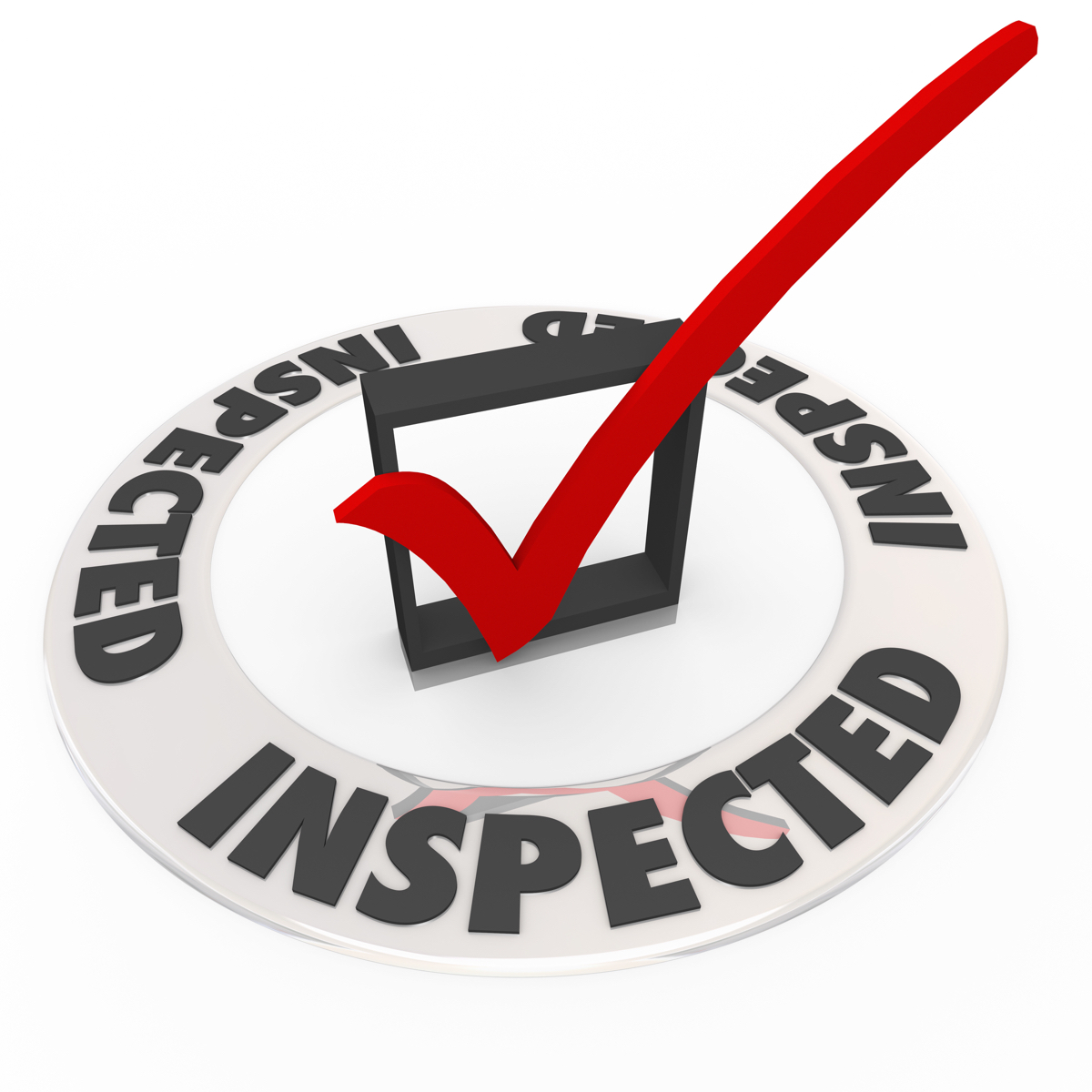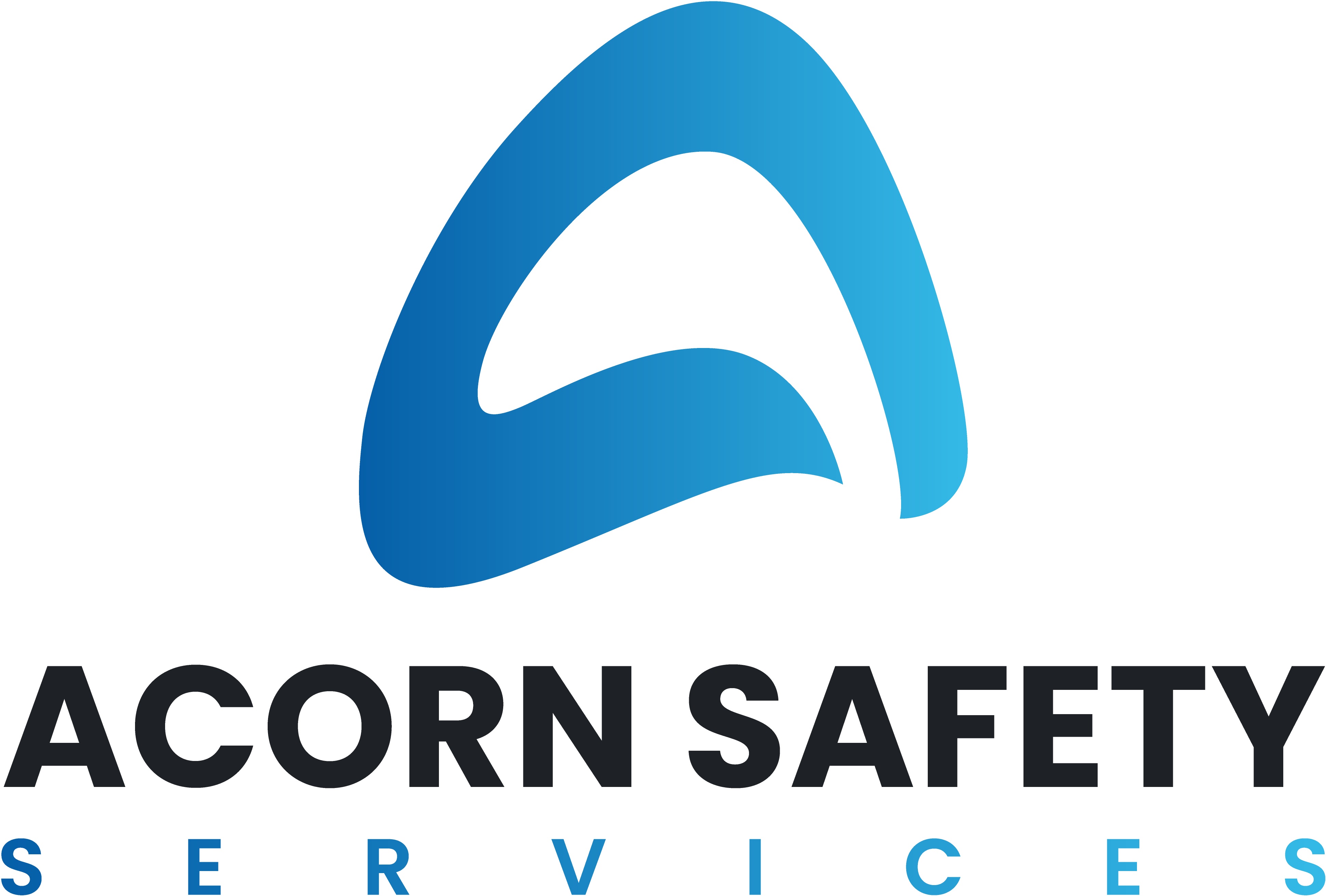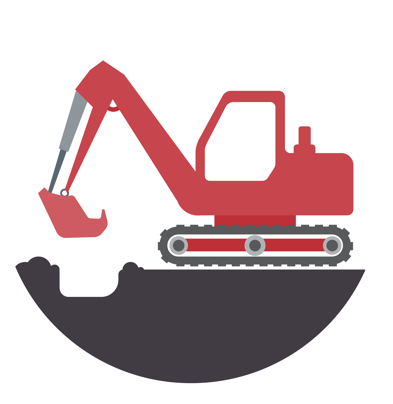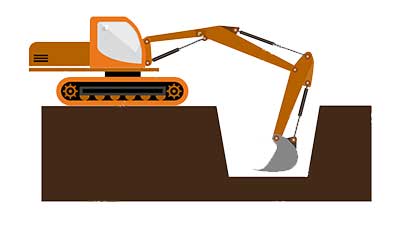Information
-
Name of checklist
-
Document No.
-
Conducted on
-
Prepared by
- James Brown
- Lee Ratliff
- Richard Dickinson
- Hugh French
- Jason Corbin
- Scott Taylor
- Michael Wright
- Anthony Beverly
- Christopher Cole
- James Shifflett
- Chuck Ayers
- Joe Bailey
- Michael Dwyer
- Tom Chestnut
- Gary Berghan
- Clyde Eppard
- Mark A. Davis
-
Location of trench or excavation (Drop pin for GPS and street address):
MISS UTILITY
-
Has the excavation site been mark by Miss Utility?
-
Please take photos of markings at and around the immediate area of the trench or excavation:
GENERAL INSPECTION
-
Has the "Competent Person" had specific training in, and is knowledgeable about soil analysis, use of protective systems, and the requirements of 29 CFR 1926 - Subpart P:
-
Please provide photo of competent person training card
-
Are all on surface encumbrance removed or supported
-
Are all employees protected from loose rock or soil that could pose a hazard by falling or rolling into the excavation?
-
Does the "Competent Person" have the authority to remove workers from the excavation immediately?
-
Are excavations, adjacent areas, and protective systems inspected by a competent person:
-
Are spoiled, materials, and equipment set back at least 2 feet from the edge of your excavation
-
Are barriers provided at all remotely located excavations, wells, pits, shafts, etc.?
-
Are walkways and bridges over excavations 6 feet or more in depth and 30 inches or more in width equipped with standard guard rails and toe-boards?
-
Are warning vests or other highly visible clothing provided and worn by all employees exposed to vehicle traffic?
-
Are employees required to stand away from vehicles being loaded and unloaded?
-
Are warning systems established and used when mobile equipment is operating near the edge of an excavation?
-
Are employees prohibited from going under suspended loads?
-
Are employees prohibited from working on the face of slope or benched excavation above other employees?
UTILITIES
-
Are utilities companies contacted and/or utilities located as required by local, state, and federal law?
-
Are the exact locations clearly marked?
-
Are underground installations protected, supported, or removed when the excavation is open?
ACCESS & EGRESS
-
Are ladders or other means of access and egress in place and all trenches 4 feet or more in depth?
-
Are all employees within 25 feet of a means of access and egress?
-
Are the ladders that are used in the excavation secure and extended 3 feet above edge of the excavation?
-
Are all structural ramps used by employees designed by a competent person?
-
Are all structural ramps used for equipment designed by a Registered Professional Engineer?
-
Are all ramps constructed of materials of uniform thickness, cleated together, equipped with non-slip surfaces?
WET CONDITIONS
-
Are precautions taken to protect employees from water accumulation?
-
Is water removal equipment monitored by competent person ?
-
Is surface water or runoff diverted after every rainstorm or other hazard increasing occurrence?
HAZARDOUS ATMOSPHERES
-
Per company policy, the atmosphere within all excavations are tested when there is a possibility of an oxygen deficiency, oxygen enriched, combustible, toxic, or other harmful contaminant.
-
Gas Monitor Number:
-
Photo of monitor after the test. (Picture of screen or readout).
-
Retest and confirm safe limits with Safety Manager
-
NOT SAFE TO ENTER
-
NOT SAFE TO ENTER
-
NOT SAFE TO ENTER
-
NOT SAFE TO ENTER
-
NOT SAFE TO ENTER
-
Are adequate precautions taken to protect employees from exposures to an atmosphere containing less then 19.5% oxygen and or other hazardous atmosphere?
-
Is verification provided to protect employees from an atmosphere containing flammable gases in excess of 10% of the lower explosive limit of the gas?
-
Is emergency equipment available when hazardous atmosphere could or do exist?
-
Are employees trained to use personal protective equipment and other rescue equipment?
-
Has the Controlled Access Zone (CAZ) been established?
-
Photo of Controlled Access Zone (CAZ)
SOILS
-
Has the competent person classified the soil using one manual test and one visual test, as specified by the standard?
-
Visual test
- Solid rock
- Type A
- Type B
- Type C
-
Manual test
- Solid rock
- Type A
- Type B
- Type C
SUPPORT SYSTEMS
-
Type of support system being used?
- Sloping
- Shoring
- Shielding
- Designed by Registered Professional Engineer
-
Are materials and/or equipment chosen based upon soil analysis, Trench depth and expected it loads?
-
Are materials and equipment that are used for protective systems inspected and in good condition?
-
Are damaged materials and equipment immediately removed from service?
-
Are damaged materials and equipment inspected by a registered professional engineer after repairs are made in before being placed back into service?
-
Are protective systems installed without exposing employees to hazards of cave-ins, collapses, or other threat of being struck by materials or equipment?
-
Are all members of support system securely fastened together prevent failure?
-
Are support systems provided to insure stability of adjacent structures, buildings, roadways, sidewalks, etc.?
-
Are excavation below the level of the base or footings supported, and approved by a Registered Professional Engineer?
-
Does back-filling progress with removal of the support system?
-
Is a shield system installed to prevent lateral moment?
-
Are employees prohibited from remaining in a shield system during vertical movement?
Signatures
-
Persons working inside the trench or excavation:
Please sign to acknowledge
-
Signature:
-
Foreman's Approval To Enter Trench or Excavation:












